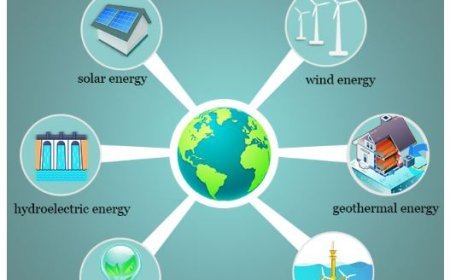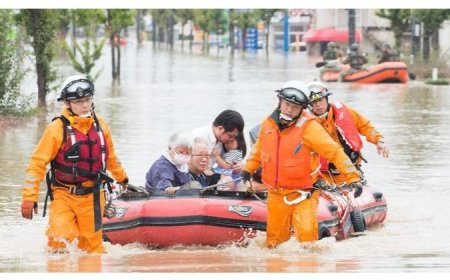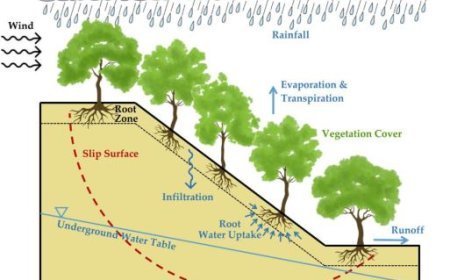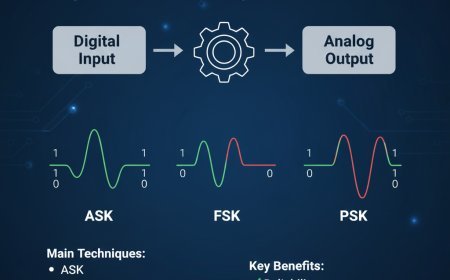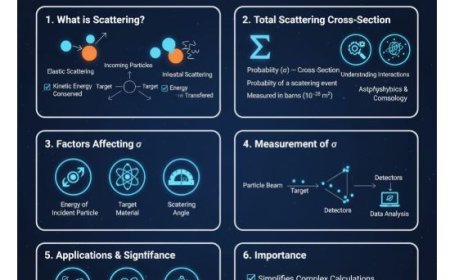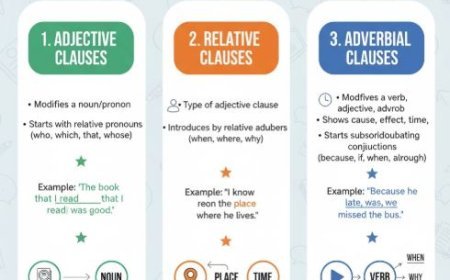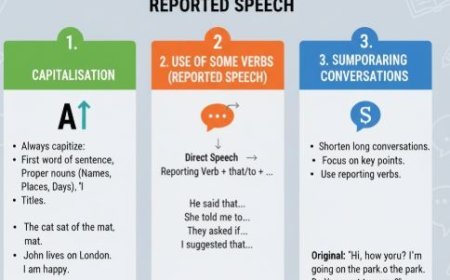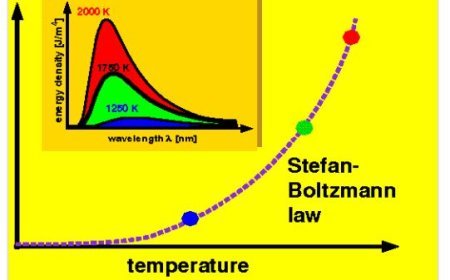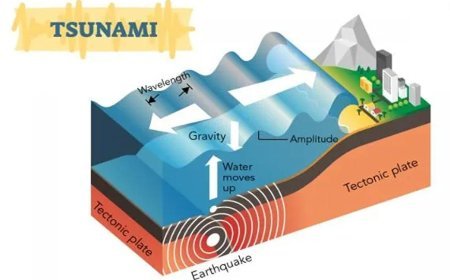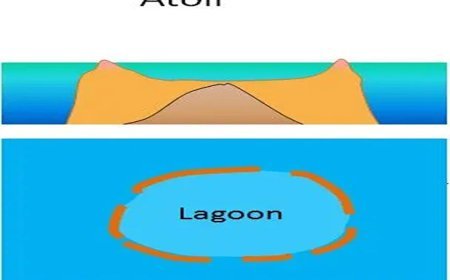WAVES AND CURRENT
Waves: Energy in motion - Ripples on water, vibrations in sound. Currents: Flowing giants - Ocean's unseen rivers, shaping coastlines.
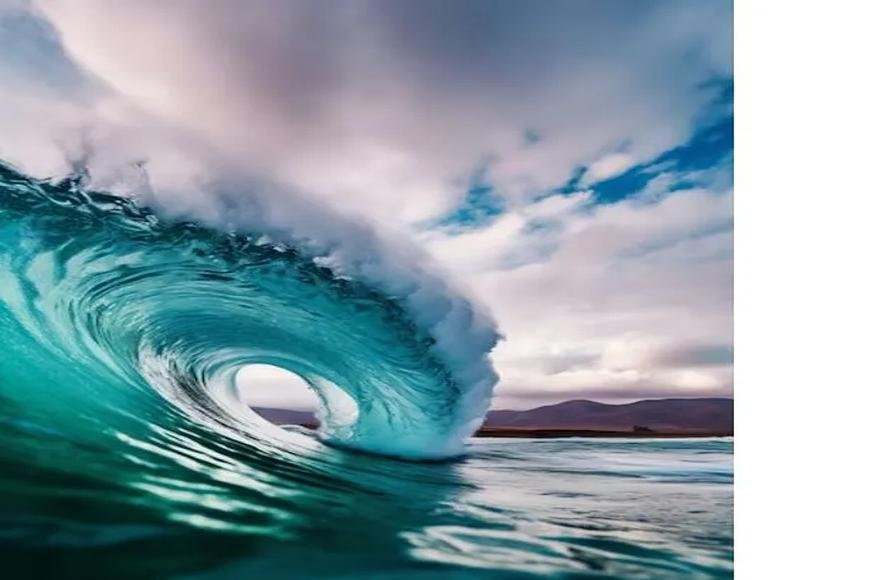
Waves and Currents as Geomorphological Agents
- When waves break, they push the water hard against the shore and stir up the rocks that are at the bottom of the ocean.
- Unlike regular breaking waves, storm and tsunami waves can have big effects in a short amount of time.
- On calm days with light winds, waves don't do much damage to the shore and can even help form beaches and other depositional features.
Erosional Landforms Due to Waves
- Ridges, Cliffs, Caves, Stacks, and Stumps
- There are many rocks on the high, rocky beaches.
- There may be a flat or slightly sloped area at the base of these hills that is covered with rocks from the sea wall behind them.
- A platform that is higher than the normal height of waves is called a wave-cut deck.
- If the top part of a seaside rock is hard and the bottom part is soft, erosion will not be even.
- A hollow piece appears when the lowest part of the structure quickly wears away.
- This hollow area slowly turns into a sea cave as waves hit it over and over again.
- The process of making sea arches is the same as that of making land arches.
- The rocks that are standing alone in the water and used to be part of the cliff are called sea stacks.
- These stacks look like little islands in the water. Stumps are small groups of rocks that are underwater.
Depositional Landforms Due to Waves
Beaches and dunes
- Beaches are the parts of shorelines where deposition is the main cause of erosion.
- Strands are made up of small pieces of sand that are only there for a short time.
- Swelling There are beaches that have a lot of small rocks and even cobblestones.
- Sand dunes are long hills that run straight to the shore right behind the beaches.
Bars, Spits, and Lagoons
- Waves and currents move sand and rocks along the beach, making bars that separate the land from the water.
- They act as a wall between the land and the water.
- This kind of bar has a spit when one end is hooked up to the shore and the other end goes out into the water.
- A small spit or bar connects an island to the shore, creating the landform known as a tombolo.
- Waves and currents can sometimes push both sides of the bar together to cover a section of water between the coast and the bar.
- The narrow part of the sea turns into a salty lake called the lagoon.
- A lagoon is usually linked to the ocean by a short strait.
- Chilka and Pulicat Lakes are in the Lagoon Lakes.
Currents
- When tides and currents hit the shore, they don't do much damage directly.
- Tides mostly change coastal erosion by making an erosion line go into an erosion zone.
- This zone is the area between the low water level and the high water level. Silt, sand, and gravel are the byproducts of erosion that currents help move and leave along the coasts.
Other Factors Affecting Coastal Landforms
- The shape of the land and seabed, as well as whether the coast is moving toward the sea (emerging) or away from the land (submerging), all have an impact on the coastal features in addition to the action of waves.
- These are the things that marine erosion agents do to change the land along the coast:
Corrosion
- Corrosion takes things away mechanically.
- Waves that are full of broken rocks crash into hill faces and wear them down slowly.
- As a result of currents and waves washing the decayed material into the sea, the task is complete.
Attrition
- Attrition happens when waves hit loose rock debris like boulders, pebbles, shingles, and fine sand.
- These materials are worn down over time, turning them into smaller, larger pieces.
- This is a big reason why beaches have fine sand. Waves hitting rocks can get into the cracks and holes in the rocks.
- The air that was stuck inside was crushed right away.
- As the waves go away, the squished air explodes with force. The cracks get bigger and rock pieces are pulled away because of the repeated movement.
Hydraulic Action
- The wear and tear on rocks that happens when water moves against them on the surface is called hydraulic action.
- It is the power of moving water (flowing or waves) to move rock pieces around.
- Chemical erosion, also called chemical weathering, and static erosion are two other types of water-aided erosion that are not the same as hydraulic action.
- Static erosion is when water leaches salts and floats off organic material from loose soils. This happens when the moving water of a river hits the sides and bottom of its bed, washing away small pieces of rock.
Solvent Action
- This word refers to the chemical breakdown of rocks. This process only happens on limestone beaches.
- On limestone beaches, saltwater dissolves calcium carbonate, which changes the chemicals in the rocks and causes them to break apart.
What's Your Reaction?









